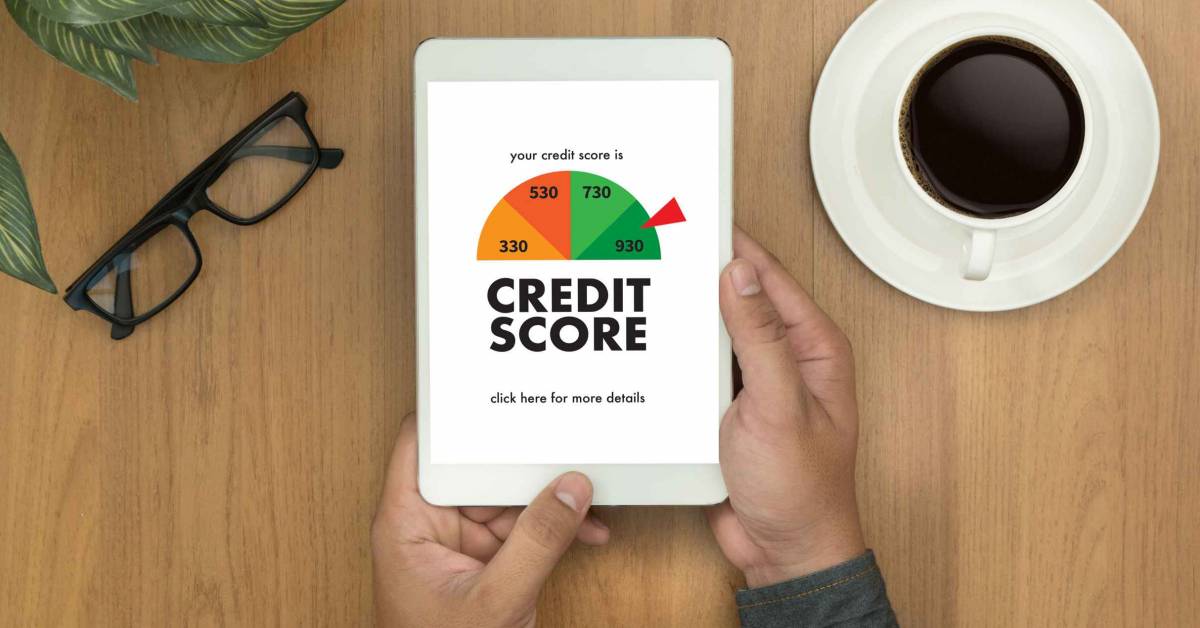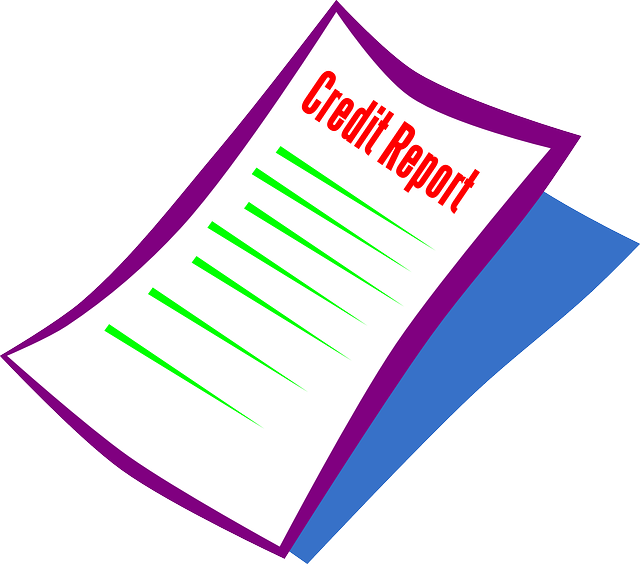
One of the most popular credit scoring models is the FICO Score. Financial institutions and businesses use these scores to assess a consumer's risk and to decide whether or not to provide a loan. 90 percent of lenders actually use at least one major version of FICO Score. These scores are based upon a credit report that contains information about the consumer's credit history and credit accounts. The score is affected by a number of factors, such as the amount owed, how long ago an account was used, and the person's combination of accounts.
FICO scores can be calculated by running a credit score through an algorithm. Different weights are assigned to different indicators. Applying for credit often has a greater negative impact than making late payments. However, the score is not calculated in the same way for all consumers. This means that each lender might have its own guidelines.
There are many FICO scores, each one with specific industry-specific variants. Many financial institutions use FICO 8, while others use FICO 5 or FICO 9. The scores can be different but they are all based on the five same factors.

FICO scores can only be calculated if you have a good payment history. Lenders want proof that a borrower pays their bills on time. FICO scores can be improved by paying bills on time every month. A negative impact will be caused by repeatedly missing payments.
FICO Score 8 has some major changes that may cause you to reconsider your credit usage. It provides a better statistical representation for risk. It's also more open to single-time late payments. High credit card balances are also more important to it. When using a creditcard, it is important to keep your overall credit utilization below 30%.
Your credit score can be improved by adding authorized users to your cards. However, it can also become negative if you add strangers to your accounts. This is called "credit card piggybacking", and it is not a good idea.
FICO Score 8, version 8 has also changed how it deals with collection accounts. The FICO Score 8 version no longer considers accounts that have less than $100 in balance. Long-term credit reports can suffer from the negative effects of collection accounts.

Even with the many changes, the FICO Score 8 is still the most commonly used score in the lending industry. This score is used by lenders and credit card companies to assess the performance of borrowers applying for credit card loans. You may not be able to get certain jobs, or apply for a mortgage if you have a low credit score.
FICO's scoring models are constantly being improved. The latest version of the FICO Score is available to all lenders, allowing you to choose which one you want to use.